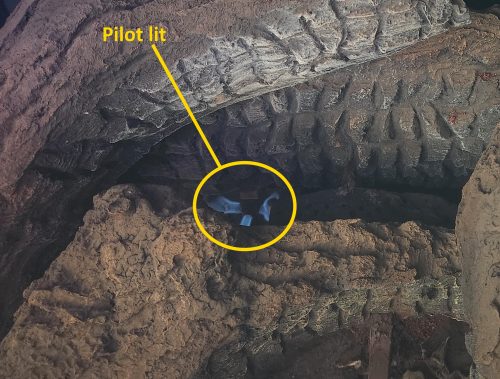This week’s question comes from Jeremy, asking how to light the pilot on his gas fireplace. Some homeowners turn off the gas to their gas fireplace after winter, which means the fireplace needs to be lit again in the fall. I’ll return to that topic at the end of this post, but for now, let me get right to the question. The short and sweet answer is to follow the manufacturer’s instructions. All you’ll need is a damp paper towel.
The manufacturer’s instructions are probably printed on a metal or laminated card below your fireplace, and the card is so caked in dust that it’s illegible. Open up the bottom access panel or remove the whole fireplace cover, and you should have access to this area.
Now use your damp paper towel to wipe off the instructions, making them legible. Next, strictly follow those instructions.
Ok, I kid. Kind of. Because every gas fireplace is a little different, this is the safest advice for me to give, but it’s also a blowhard answer. Most pilot lights operate the same way, so I’ll give my generic process for lighting a pilot light on any appliance, not just a gas fireplace.
How to light most pilots
1. Turn on the gas. Find the main gas valve and turn it on. For most gas appliances, the valve will be located in the same room and within 6′ of the appliance. Gas fireplaces are an exception, however. Those valves are allowed to be located remotely. At my house, I have a valve in the basement and another valve right at the appliance.
2. Pause to sniff for gas. If you have a gas leak at the appliance, it could be very dangerous to try lighting the pilot. Use the sniffer God gave you and make sure you don’t smell any gas before going any further.
3. Locate the pilot. You need to have your eyes on the pilot light during this process so you’ll know when it’s lit. Look for two little protrusions; one is the pilot, and the other is a thermocouple, which is a device that turns off the gas if the pilot goes out. It can be hard to find the pilot in some gas fireplaces because of how the firelogs are stacked, so sometimes I like to push the igniter button multiple times to look for the small blue electric arc inside the firebox. The photo below show my pilot light. It wasn’t easy to get these photos!
4. Turn the pilot control knob to the off position and wait. You should wait a full five minutes and then sniff around there again to make sure you don’t have any gas leaks. If you do, that’s a hard stop. Turn the gas back off at the main valve and get someone out to fix it.
If you look very carefully, you should be able to find a little arrow or some other indicator to let you know which position is which. For my gas fireplace, it’s a little red arrow.
5. Force gas to the pilot. For this step, you’ll need to find the pilot control knob. It’ll usually have three settings: “PILOT”, “ON”, and “OFF”.
Turn the knob to the “PILOT” position and then push on it with your thumb. This forces gas to the pilot, even though the thermocouple is cold. You’re bypassing the thermocouple this way, allowing gas to come out even though there’s no flame.
6. Light the pilot. Most newer appliances with pilot lights have a piezo ignitor, which means you push a button to create a spark. While you’re holding down the pilot knob with your thumb, and you have your eyes on the pilot, push the ignitor button. You should see a quick blue spark, and if everything went perfectly, your pilot will light on the first try. That rarely happens for me, however. I usually have to push the button over and over again to get the pilot to finally light. Be patient, sometimes this can take quite a while.
If your appliance doesn’t have a piezo ignitor, you’ll need to use a very long match or a grill lighter.
7. Keep your thumb on the gas. You must keep the gas flowing to the pilot until the thermocouple is warmed up. This might take as little as 10 seconds, but I’d give it a full minute. Once you take your thumb off the valve, it should pop back out and the pilot should remain lit. If the pilot goes out when you do this, go back to step 4. If this happens a few times in a row, you might have a bad thermocouple. In that case, turn the knob to “OFF” and have your appliance serviced by a professional.
8. Turn the pilot control knob to “ON”. Congratulations, you have successfully lit your pilot.
While I used a lot of words to explain this process, it really goes pretty quickly once you’ve done it a couple of times. And again, these are generic instructions that won’t apply to every situation.
Oh, and if you need a very quick reminder of all these steps, here’s a very short and sweet video that you can get through in 70 seconds. We’re skipping ahead to the 46-second mark to get right to the steps.
Should you turn off your fireplace pilot light during the summer?
I don’t think there’s any right answer to this question. If you leave your pilot light on during the summer, it’ll cost you a little gas. On the other hand, it’ll help to prevent spiders and other pests from getting in there and messing with stuff. Personally, I leave my pilots on all summer, and I always have.

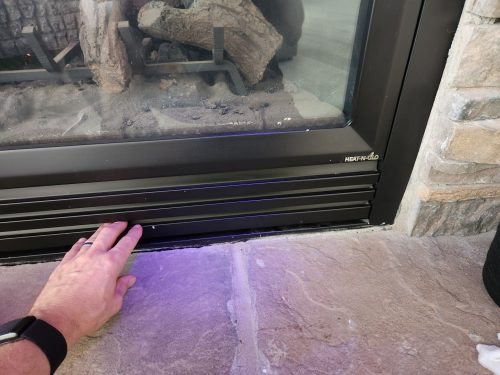
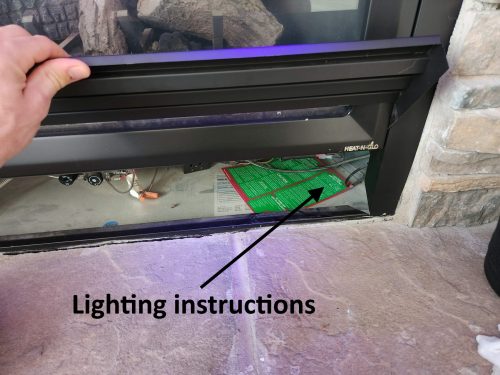
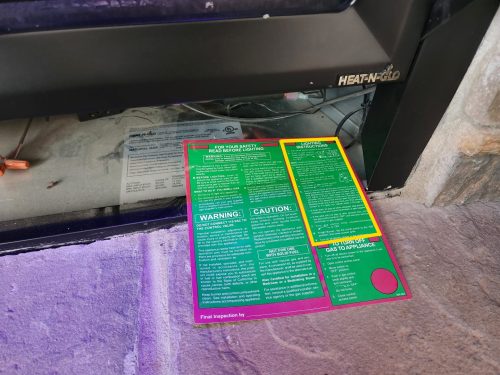
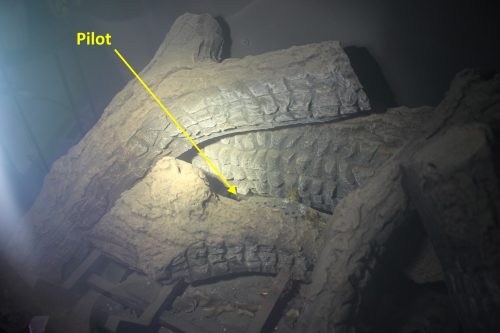
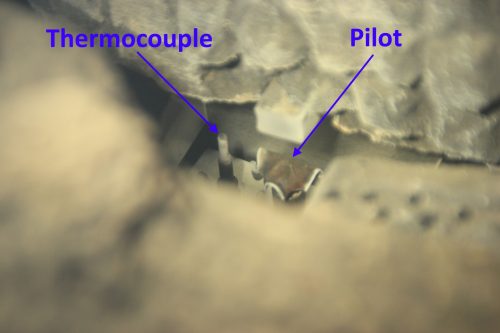
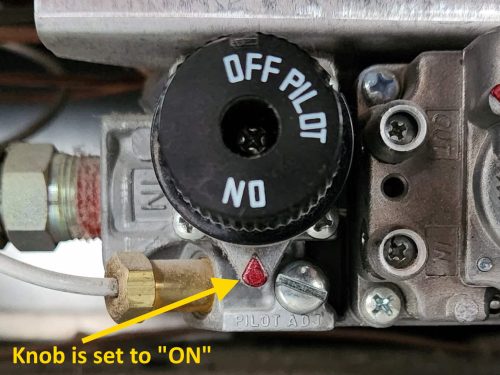
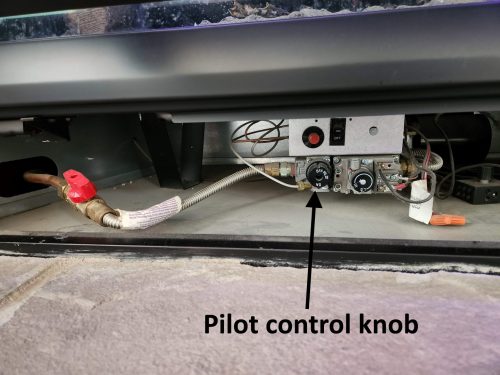 \
\